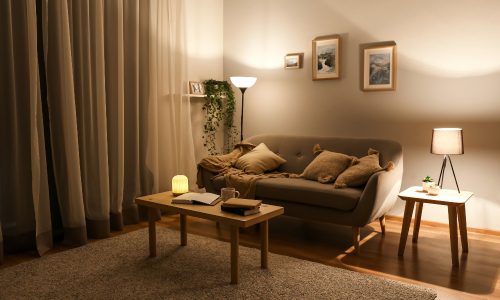Smart lighting systems are growing in popularity among consumers, with adoption showing significant growth in just the last five years, according to a smart lighting consumer research report from Parks Associates.
The smart home, IoT and consumer technology research firm’s Smart Lighting Market Assessment report shows that the connected lighting category is growing, with 13% of U.S. internet-connected households owning smart light bulbs and 6% owning a smart lighting control system by the end of 2022, up from 2017 figures of 8% and 5% , respectively.
This evidence backs up CE Pro’s recent deep dive report on lighting, as well as Lutron’s lighting study highlighting the importance of nature-like lighting, indicating that the lighting category across the board has risen to intense popularity among consumers. In one specific instance, an integrator informed CE Pro that 80% of their revenues come from lighting fixtures.
In addition, research firm IDC says smart lighting is poised to grow at a compound annual growth rate (CAGR) of 13.6% by 2027.
According to Parks Associates, consumers are widely interested in reducing their energy consumption, with 40% saying they would like to use less energy but don’t how know or don’t want to make too much of an effort to do so.
The company, which included some of its paywalled research in a news release, also says demand for all connected lighting device features has increased over the past three years, and desire for intelligent lighting products to work with other smart home devices has quadrupled.
In addition, nearly one-third of lighting purchase-intenders or system owners cite interoperability as an important factor in making the purchase, says Jennifer Kent, vice president of research at Parks Associates, in a statement.
“Commonly, the consumer has the job of integrating lighting controls and scenes through applications and assistants – and it’s often painful,” Kent says. “Matter, a new industry standard, promises to make integrations easier, but OEMs and retailers need to invest more marketing dollars to educate consumers on the Matter certification for it to impact purchasing decisions.”
Likewise, the emphasis on interoperability and integrations with other smart home controls further solidifies the importance of professional integrators within the greater lighting fixture market.







